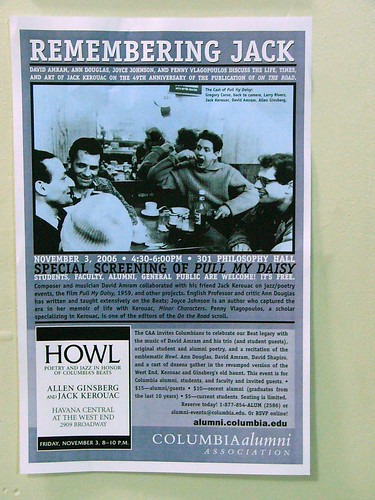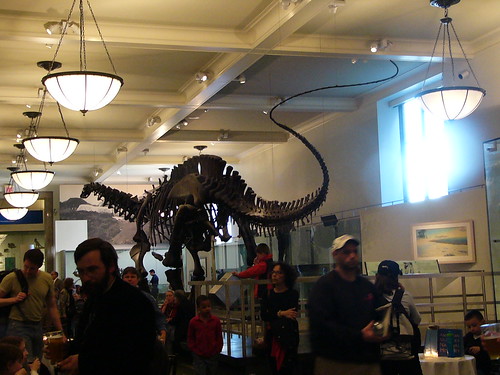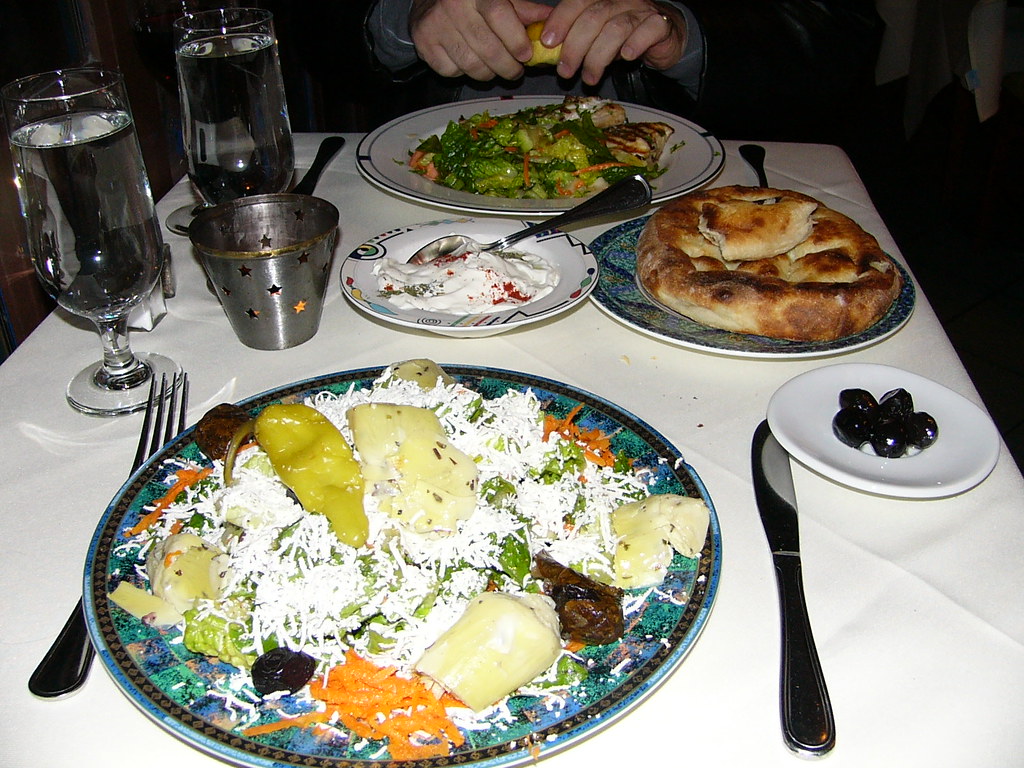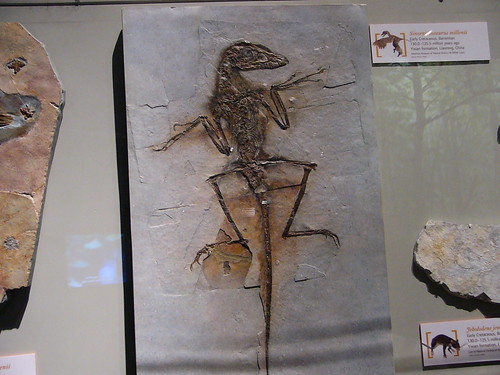After some looking around at what the Internet offers on Thanksgiving and its origins, I have a more complete sense of the historical issues and also of what various people wish to emphasize. It is always important to consider a writer's/historian's personal bias as you read. As usual, there is the issue of how much religion is in the holiday.
Religion is one issue for Dennis Rupert in his explanation of
The True Thanksgiving Story. He does give his references (by footnote, bibliography, and links). It appears that the Pilgrim's feast was in an American native tradition of thanksgiving festivals held at various times of the year, making Thanksgiving truly American and certainly allowing for alternate times, such as the Canadian Thanksgiving. Rupert's tracing of early Christian Thanksgivings begins in Texas on May 23, 1541 with the European Spanish explorer, Francisco Vasquez de Coronado.
Walter McCabe (1942-2005), a person who had learning disabilities despite intelligence in the superior range, made
quite a few web pages on Thanksgiving, as well as other holidays. Walter does not list any sources and writes in non-standard English telling about
"Tisquantum," whom the English called Squanto. In his story, Squanto, from the Wampanoag confederation, was captured by Captain George Weymouth and taken to England to live with Sir Ferdinando Gorges, one of the merchant ship owners, who taught him some English. Apparently, Squanto was being taught the language so he could and did return to Americas to assist as interpreter to those exploring the coast of America.
In 1614, Squanto returned to America with Captain John Smith on a mapping expedition. Smith left the project to his replacement Captain Thomas Hunt who captured 27 natives, sailed with them to Spain where he sold them as slaves. Squanto was lucky enough to be purchased by Friars who nursed him back to health and taught him about Jesus. It is not clear if they also taught him any Spanish. He lived with the Friars until 1618 when he took a ship to Newfoundland, where he was recognized by Captain Thomas Dermer, who wrote a letter to Sir Ferdinando Gorges. Gorges organized an expedition with Dermer taking Squanto as interpreter to re-establish trade with the native Americans. In 1918, Squanto was returned to Patuxet, his home, where he found the entire population was wiped out by a European disease. Squanto lived with a neighboring tribe until the pilgrims settled in the same location as Patuxet. Squanto also negotiated the release of Dermer who had been captured at Cape Cod by Nausets.
The Christian Broadcasting Network (CBN) has an
interview with Eric Metaxas, who wrote
Squanto and the Miracle of Thanksgiving while working as the editorial director and head writer for
Rabbit Ears (specialized in children's picture books with an audio read by celebrities; bought by Listening Library, the children's division of Random House Audio). Metaxas emphasizes in the interview that his work is based on research using the original documents from the 1620s and 1630s. He confirms "that around 1612, a trader, a Captain Hunter, came to the coast of Massachusetts and was trading with the Indians." Captain Hunter sailed to Malaga, Spain where the Spanish monks bought Squanto from a slave market. Metaxas says that in 1615 Squanto went from Spain to England in hopes of getting a ship back to America. He worked for a family named Slaney as a stable boy for about five [sic] years until 1618. A ship is eventually provided and Squanto signs on as interpreter. Metaxas says the time from his capture until his return to Patuxet around 1620 was about ten years [sic], so even researchers have some trouble with time periods. Metaxas tells of the devestation Squanto must have felt in finding out that all of his people have been wiped out by disease. Metaxas also tells of Squanto going to live with a neighboring tribe until the Europeans settled in the same location as his former home, where he joined them.
Education World has a number of resources listed for teaching Thanksgiving in schools. Education World is a free resource for educators
funded by corporate sponsors and advertisers.
Chuck Larsen, himself a descendant of native Americans, writes a foot-noted introduction with bibliography to
Teaching about Thanksgiving where Larsen writes, "Squanto, the Indian hero of the Thanksgiving story, had a very real love for a British explorer named John Weymouth, who had become a second father to him several years before the Pilgrims arrived at Plymouth. Clearly, Squanto saw these Pilgrims as Weymouth's people." He also states that the Wampanoag natives were not friendly, due to Hunter's capturing their youth, and were invited to the Thanksgiving as a step in the process of "negotiating a treaty that would secure the lands of the Plymouth Plantation for the Pilgrims."
Education World also lists web sites that refute many of Larsen's statements. One such web site is that of
Caleb Johnson of
Mayflower History.com, who is himself a Mayflower descendant, and is a member of the General Society of Mayflower Descendants through his nine Mayflower ancestors. He has spent more than ten years researching the Mayflower and has published numerous books for sale at his web site. His
web page refuting Larsen is indeed most factual, not only listing the names of sources, but also giving sizable, direct quotes. Johnson refutes the Captain John Weymouth story by indicating that his name was really Captain George Weymouth, which agrees with the name on Walter McCabe's web page. Johnson also includes Sir Ferdinando Gorges in Squanto's life, but only the second incident after Dermer's letter. He also gives a page of
full-text, downloadable sources in pdf. Johnson's
story of Tisquantum starts with his capture by Hunter and continues until his death. The same page also describes several other native personalities who were important at the time.
Back to Rupert's web site, we learn that Thanksgiving was not celebrated in Plymouth every year after that first feast held sometime between September 21 and November 11, 1621. Plymouth brought the celebration back in July 1624 after a drought led to prayer and reconciling with others, followed by days of a light, gentle rainfall. December 18, 1777 was the first time Thanksgiving was celebrated by all thirteen colonies to commemorate the "patriotic victory over the British at Saratoga."
"President George Washington proclaimed a National Day of Thanksgiving for November 26, 1789 to honor the formation of the United States government. His proclamation called for a day of prayer and giving thanks to God. It was to be celebrated by all religious denominations, but discord among the colonies prevented it from being practiced by all the states" (Rupert).
Perhaps Thanksgiving should really be the celebration of the United States processes of lawmaking. Thanksgiving remained a function of Presidential Proclamation until it became a law that took effect in 1942. Rupert states,
"Only Presidents Washington, Adams, and Madison declared national days of thanks in their terms. Thomas Jefferson and John Quincy Adams considered the practice to infringe upon the separation of church and state. During the War of 1812, President Madison proclaimed three days of fasting and prayer in response to Congressional requests (August 20, 1812, September 9, 1813, and January 12, 1815). He was the last president to call for a national thanksgiving until Abraham Lincoln in 1863."
Lincoln's proclamation was the result of 40 years of efforts by Sarah Josepha Hale, a woman's magazine editor living in Boston. Her efforts led to State Governors proclaiming a Thanksgiving Day beginning with New York in 1830. The Territory of Minnesota made their first proclamation to celebrate Thanksgiving on December 26, 1850. By 1852, 27 states proclaimed the last Thursday in November as Thanksgiving Day. Then Hale's letter to Lincoln resulted in his proclamation, which was also the last Thursday of November.
In 1939, President Roosevelt was persuaded by the National Retail Dry Goods Association to proclaim the next to last Thursday of November as Thanksgiving Day in a year when there were 5 Thursdays and in order to "create a longer Christmas shopping season." Twenty-three states celebrated the "Republican" Thanksgiving on November 23, with 23 other states celebrating the "Democratic" Thanksgiving on November 30. "Texas and Colorado declared both Thursdays to be holidays." The confusion that ensued over the next two years led to Congress' legislation declaring Thanksgiving to be on the fourth Thursday of the month. This is a great story to tell in November 2007 when November has five Thursdays.
Happy Thanksgiving to all!!











